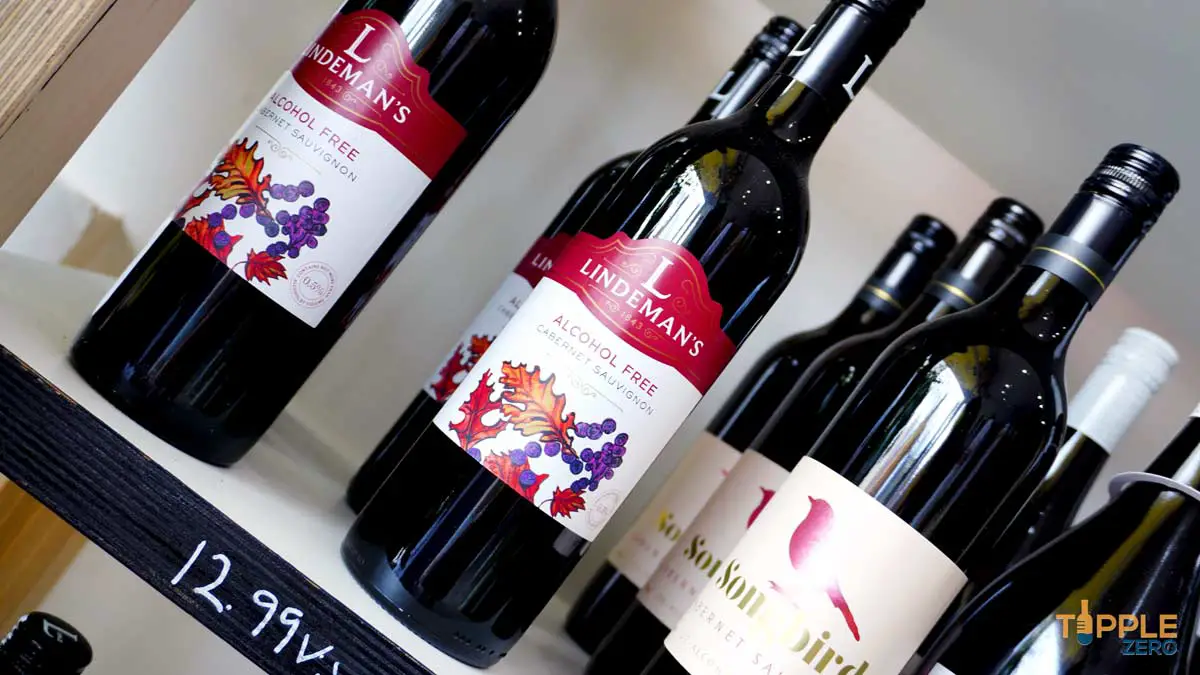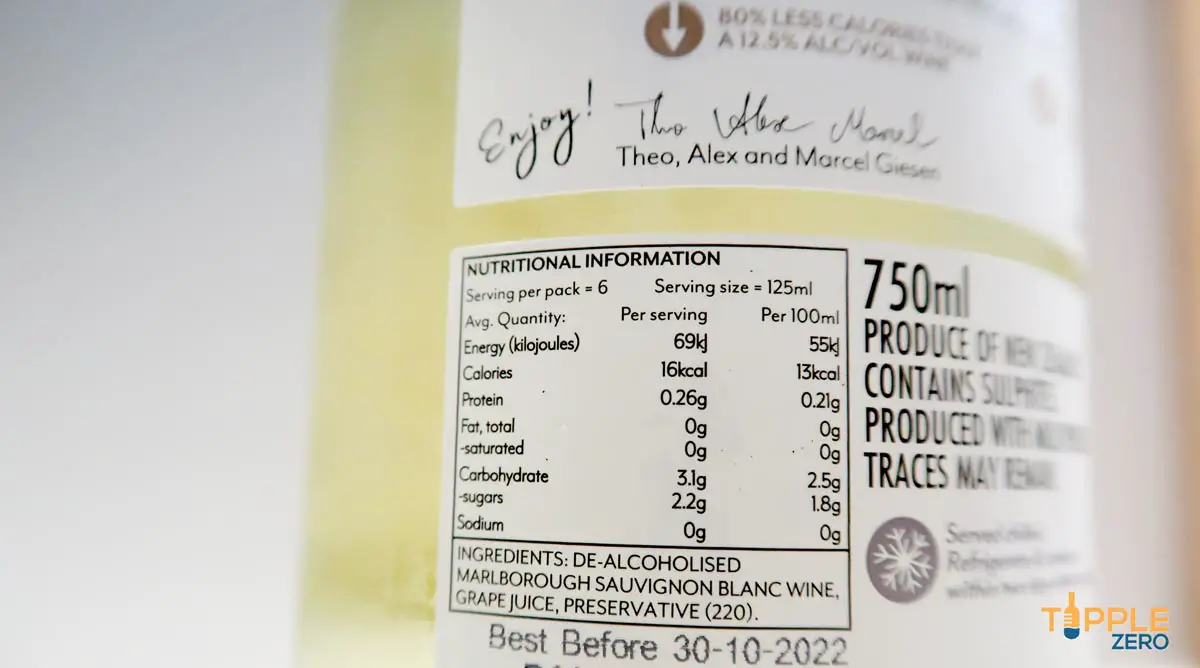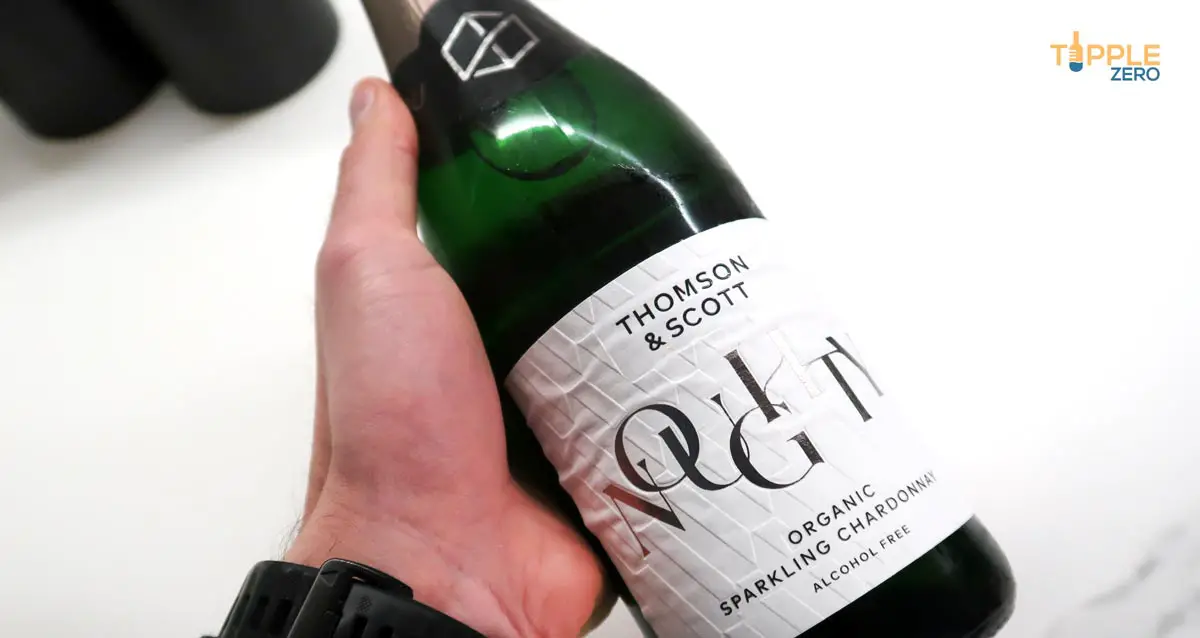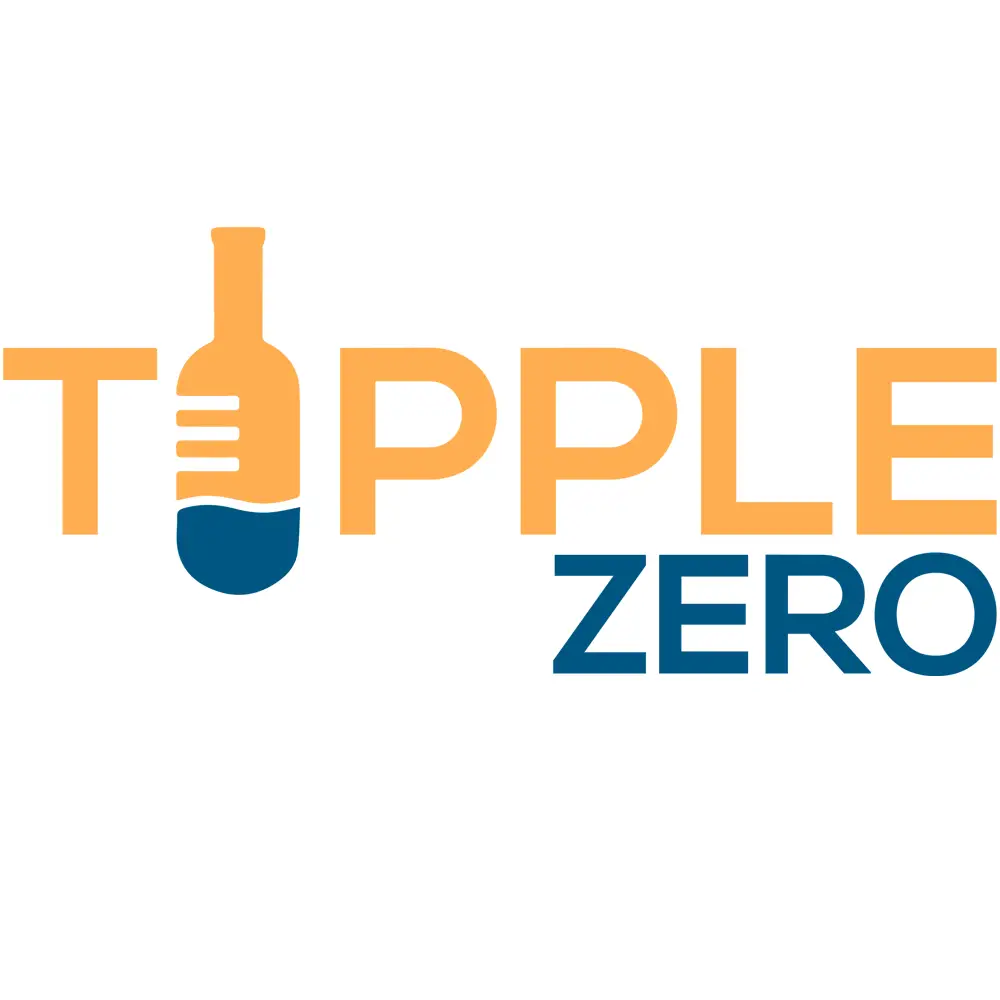Non-alcoholic wine is a great way to unwind, enjoy time with friends or add depth to a meal without the drawbacks of alcohol, however if you’re struggling to understand what non-alcoholic wine is, you’re not alone. Let’s chat about what exactly non-alcoholic is in your part of the world!
As a general rule, regulations in the United Kingdom & Australia define non-alcoholic wine as wine that contains less than 1.2% and 1.15% alcohol by volume (ABV) respectively. While in the United States FDA regulations state that non-alcoholic wine must contain less than 0.5% ABV to be considered non-alcoholic.
What is Non-Alcoholic Wine
Non-alcoholic wine contains no, or such little, alcohol that it has a profile that mirrors fruit drinks like orange juice. What is often not known by people coming into the space of non-alcoholic wine is that food regulators classify non-alcoholic wine as a food (which is why you see so much more information on the label!).
Classifying non-alcoholic wine as a food comes with its own complexities, namely because each country has different rules and regulations around food and drink. So depending on where you are in the world what is considered non-alcoholic wine differs, for example:
- The United States Food and Drug Administration have said that for a beverage, like wine, to be considered non-alcoholic each bottle must not contain more than 0.5% of alcohol.
- The United Kingdom Food Standards Agency define non-alcoholic drinks as those containing not more than 1.2% of alcohol by volume;
- The Food Standards Australia New Zealand regulator requires less than 1.15% of alcohol by volume for a beverage to be considered non-alcoholic; and
- In India, the Government of India’s Food Safety and Standards Authority require there to be 0.0% of alcohol by volume for something to be considered alcohol free and where any amount of alcohol is present, the drink must be considered alcoholic.
For this reason, if you live in countries not listed above it’s important to review the bottle or can that your wine comes in to allow you to check how much alcohol is contained within it.

What is the Point of Non-Alcoholic Wine?
When I am speaking about non-alcoholic drinks or pitching to the crowd for questions, one I always get is ‘what is the point of it’ or ‘why bother with non-alcoholic wine in the first place?’. Both are entirely fair and reasonable questions.
If you find yourself in the same boat, I have some good news. As someone who sticks to predominantly non-alcoholic drinks nowadays (while keeping across alcoholic ones to keep me informed on how traditional wine taste profiles are changing and adjusting in the market) I can, first hand, give you examples of how reaching for a non-alc wine has been beneficial.
Non-Alcoholic Wine Builds Inclusion
If you’ve ever been to a bar, pub, birthday, dinner or picnic you’ll know that there is just something about sharing a glass of wine with family and friends that builds engagement, relationships, and bonds in a way that ‘soda water and lime’ cannot.
Non-alcoholic wine has let me share in toasts and be in the moment with friends whilst looking the part and without feeling out of place. You’ll be amazed how different it feels compared to holding that classic ‘lemon, lime and bitters’.
You Reduce Calorie Intake by Drinking Non-Alcoholic Wine
It is well documented and backed up by the National Health Service (NHS) in the United Kingdom, that each and every gram of alcohol contains 7 calories.
The NHS also goes on to say that a standard 175ml glass of 12% wine contains 133 calories. When you compare this to some of my favourite wines down below, you will see that an equivalent sized glass will have around 90 to 100 calories less than traditional wines!
| Wine Style | Alcohol By Volume | Calories per 175ml |
| Traditional Wine | 12% | 133 cals |
| Giesen 0% Merlot | < 0.5% | 31.5 cals |
| Giesen 0% Rose | < 0.5% | 22.75 cals |
| De La Tautila Rose | < 0.5% | 45.5 cals |
| Vinada Crispy Chardonnay | < 0.5% | 32 cals |
If you want to learn more about sugar in non-alcoholic wine, you can find out everything you need to know here, in the post I wrote that compares 20 of the bestselling non-alcoholic wines for sugar content.

Non-Alcoholic Wine Gives You More Freedom to ‘Do’
If there was ever a drink for busy people, low and no alcohol wine (and beer for that matter) is it. No matter whether you’ve got:
- an early start the next morning;
- to pick up that friend you promised a ride home from the airport; or
- to go for a run later that day,
non-alcoholic wine lets you have the best of both worlds and enjoy a glass or two without compromising on the other aspects of life. It is a drink that is truly developed with the modern-day busy person in mind.
The Difference Between Non-Alcoholic Wine and Alcohol-Free Wine?
While all alcohol-free wine is non-alcoholic, not all non-alcoholic wine is alcohol-free. If you’re anything like me, you’ll need 15 seconds to re-read that and let it settle in.
But the question you’re likely to have after reading that for a second time is, ‘well, great, but what’s the difference between the two?’.
To help clear things up in a clear and concise way I’ve included the short run through below:
- Neither non-alcoholic wine or alcohol free wine can get you drunk;
- Non-Alcoholic Wine may contain alcohol up to an acceptable level determined by the food regulator in the country of sale. See the explanation we talked through above; and
- An Alcohol-Free Wine can only be called that when it “contains no detectable alcohol”
If you are wondering whether non-alcoholic wine is okay and acceptable to drink if you are off alcohol or unable to drink it for health or other reasons, the FDA have compared drinks labelled as non-alcoholic, fruit juices and soft drinks.
As part of the FDA Compliance Policy Guide, they state that “beverages which are traditionally perceived by consumers to be “non-alcoholic” could actually contain traces of alcohol (less than 0.5 percent alcohol by volume) derived from the use of flavoring extracts or from natural fermentation. We, therefore, have no basis for objecting to claims of “non-alcoholic” on labels of dealcoholized wines, even though they are derived from alcoholic beverages.”
Find out more about it directly from the FDA here.

Great Non-Alcoholic Wine Alternatives
If you’re wondering what a different style of non-alcoholic wine tastes like or thinking of getting involved in it for the first time, my expert tips to get you started or exploring a little further would be:
- Sparkling wine, Rose and white wines are the best alternatives at the moment;
- Non-alcoholic red wine is improving by the day with new entries to the market raising the bar in quality and taste; and
- Find out everything you need to know here on Tipple Zero.
For now, you should read through to some of my favourite non-alcoholic wines below or check out the review I put together on the Best Non-Alcoholic Rose or if sparkling is more your thing, read up on the Best Non-Alcoholic Sparkling Wine from all over the world.
- De La Tautila Rose
- Vinada Crispy Chardonnay
- Giesen 0% Rose
- Odd Bird Sparkling
- Giesen 0% Sauvignon Blanc
- Linderman’s Cabernet Sauvignon

